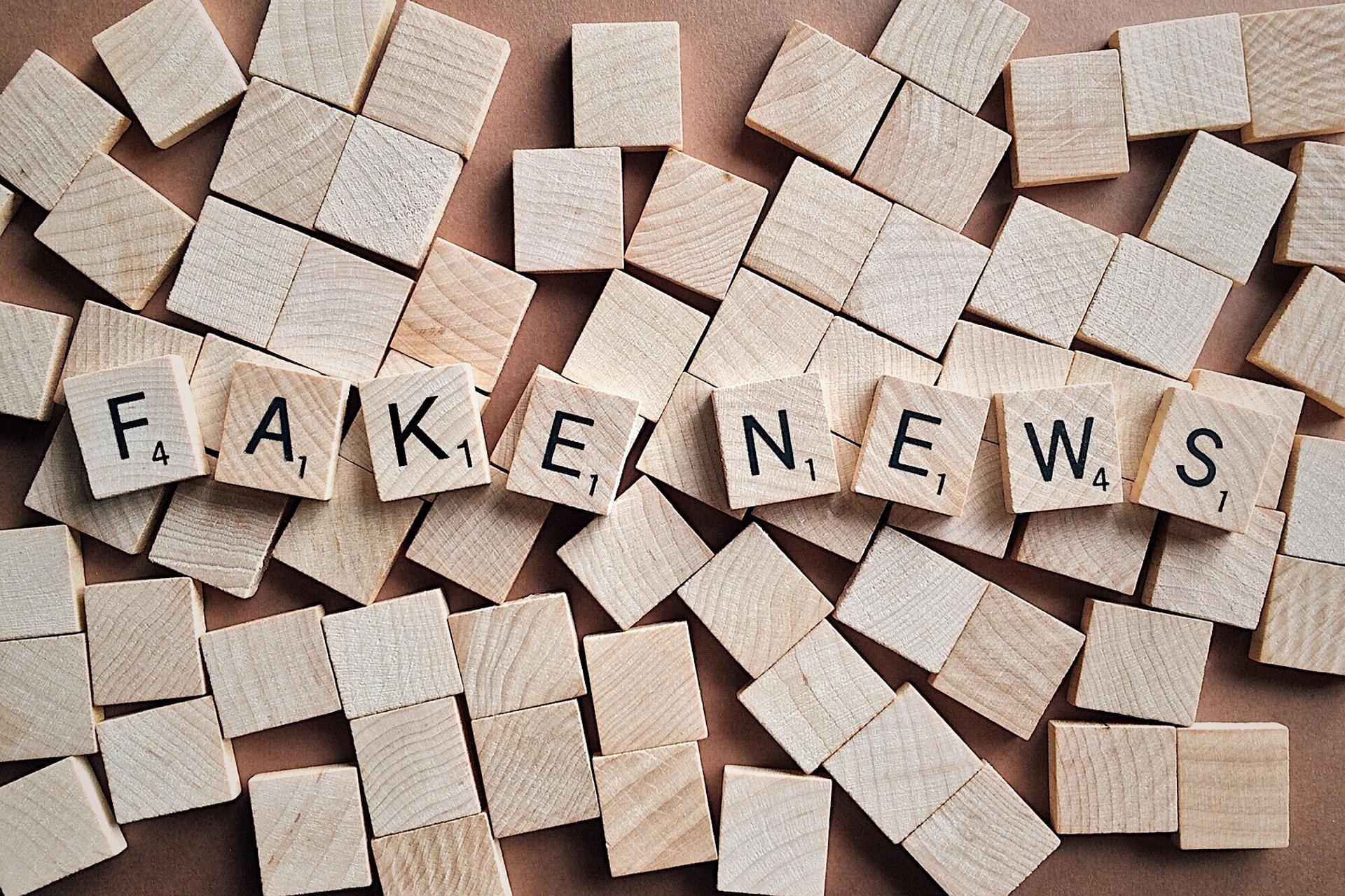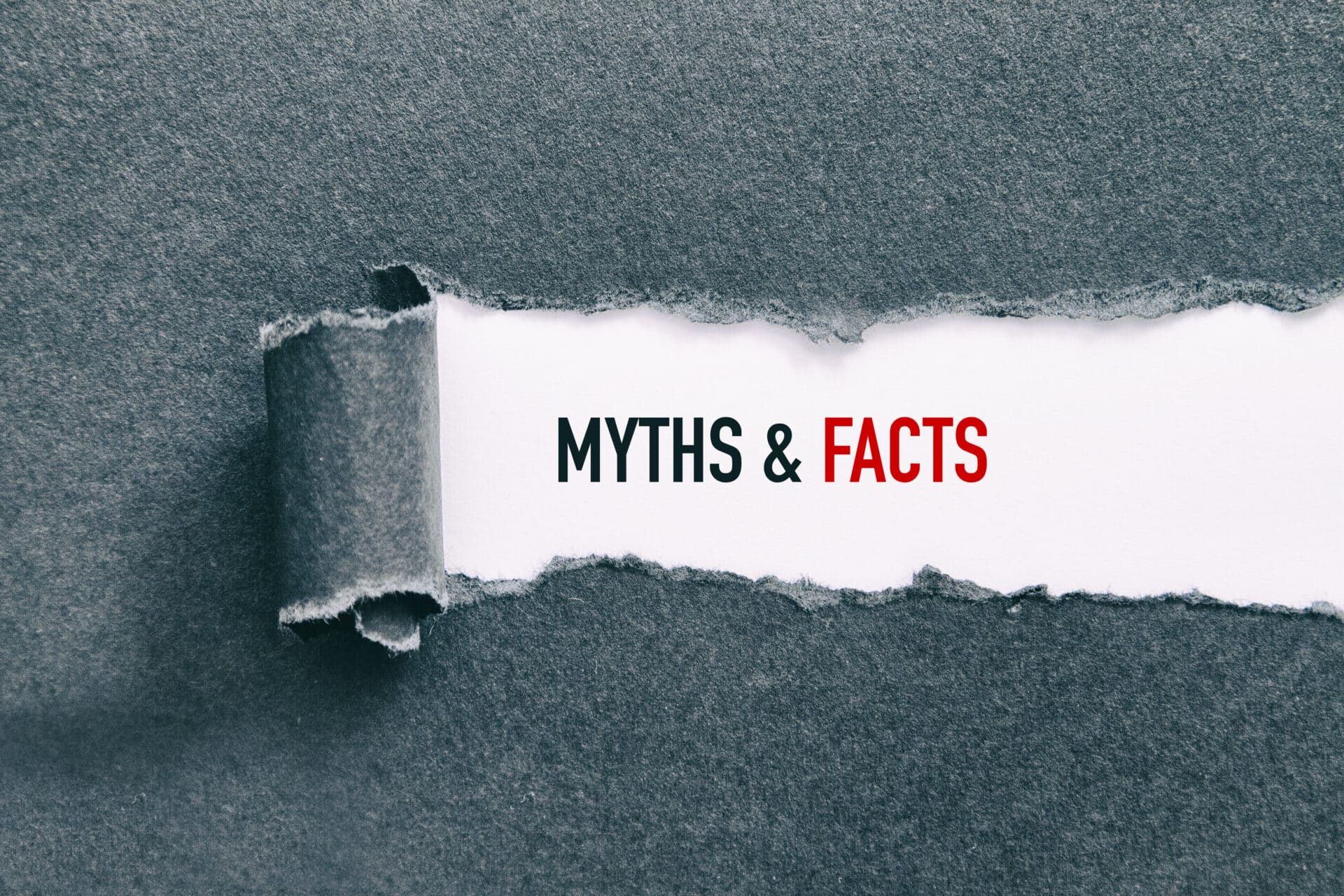Our sister publication European Seed is diving into a series on Myths, Fake News, Misinformation and Disinformation. Today, we dive deeper into the matter and put the spotlight on various aspects. In this article, we take a look at history, as there are many well-documented examples of myths and fake news throughout the centuries.
1693: a printer named William Anderton was tried at the Central Criminal Court of England and Wales for High Treason because he had published two tracts designed to incite the population towards rebellion against the King. He also called for the restoration of the Late King James. The jury found Anderton guilty, and he was executed the next day.
Mid-1700s: during the height of the Jacobite rebellion in Great Britain, seditious printers printed fake news, even going so far as to report that King George II was ill, in an attempt to destabilize the establishment. Such fake news was picked up by more reputable printers and republished, making it difficult to tell fact from fiction.
1755: It played a role in catalyzing the Enlightenment, when the Catholic Church’s false explanation of the 1755 Lisbon Earthquake prompted Voltaire to speak out against religious dominance.
1803: As Britain was preparing to end the Treaty of Amiens and declare war on France, a letter was hand delivered to Sir Charles Price, the Lord Mayor of London. Allegedly written by Lord Hawkesbury, the letter claimed that the dispute with France was amicably settled. The mayor took the letter to the Stock Exchange to share the joyous news. Meanwhile, suspicions about the validity of the letter were raised, and inquiries ensued. It was determined that the letter was indeed a forgery, but by then, it was too late. Many stocks had changed hands at inflated rates. All attempts to identify the perpetrator of the hoax failed.
1835: In a series of articles, the New York Sun claimed that there was an alien civilization on the moon, which were falsely attributed to a well-known astronomer of the time named Sir John Herschel. The article reported that Herschel had made these discoveries using new “hydro-oxygen magnifiers” and went on to describe how the discovery was made. This “Great Moon Hoax” established the Sun as a leading, profitable newspaper.
1890s: Rival U.S. newspaper publishers Joseph Pulitzer and William Hearst competed over the audience through sensationalism and reporting rumors as though they were facts, a practice that became known at the time as “yellow journalism.” Their incredulous news played a role in leading the U.S. into the Spanish-American War of 1898. Eventually there was a backlash against the lack of journalistic integrity: The public demanded more objective and reliable news sources, which created a niche that The New York Times was able to fill at the turn of the 20th century. Yellow journalism became less common. That is, until the rise of web-based news brought it all back in full force.
1916: The price of eggs had risen to an unprecedented 80 cents a dozen in some parts of the U.S., and as a result, women decided to boycott eggs. There was a state-wide boycott of eggs planned by the women and public officials. Then, Chicago newspapers came out with headlines of “Eggs Drop Ten Cents” and “Cost of Living Smashed”. But the following day, it became apparent that this was nothing but fake news since the retail grocers in the city continued selling eggs at the same price. It was alleged that the newspapers were in cahoots with the food retailers. The prices continued to fluctuate with supply and demand and the cost of eggs continued to rise steadily in the years following the 1916 boycotts.
1917: As World War One raged across Europe, both the Times and the Daily Mail in London published accounts from ‘anonymous sources’ that claimed they had visited a ‘Kadaver’ factory ‘ in Germany, which was said to extract glycerine from the corpses of the fallen to make soap and margarine. Now, long after the war, the story has been attributed to MI7, who spread this false story through the newspapers as a special correspondent for the Daily Express.
1938: The Columbia Broadcasting network aired an adaptation of the 1898 novel War of the Worlds by HG Wells. During the broadcast, the first two thirds of the story were aired over the radio as a series of breaking news alerts and the effect was so realistic that many listeners panicked, believing that there truly was an alien invasion taking place. Before the end of the broadcast, doctors, nurses, soldiers, and sailors reported for duty, ready to fight the Martians. Producers of the show were quite unprepared for this response, never thinking that anyone would believe that the broadcast was real.
2007: An unexpected surge in media coverage of the verifiably false claim that the MMR vaccine (Measles-Mumps-Rubella) causes autism, caused parents to delay vaccinating their children by over a year, and in many cases prevented them from ever immunizing their children, leading to new measles outbreaks. From January 1 to December 31, 2019, 1,282 individual cases of measles were confirmed in 31 U.S. states, which was the greatest number of cases reported in the U.S. since 1992. The majority of cases were among people who were not vaccinated against measles.
2020: Almost straight from the start of the COVID-19 pandemic, a lot of false and inaccurate information emerged, and was spread online. It was mainly about the COVID-19 virus, its origins and effects, cures and remedies, and the actions taken by the government or public health officials to manage the pandemic.
2022: As with many recent wars, also Russia’s invasion of Ukraine was based on a lot of untruths, and in particular propaganda and disinformation. It continues to circulate strongly in both countries and the spreaders are employing coordinated efforts across multiple platforms, with social media such as Telegram and TikTok, mainstream media outlets, and propaganda-based websites all being used to sway the emotions and beliefs of ordinary citizens in the two countries and around the world.
It is clear that the reasons to come out with fake news stories are different. Among the reasons are political advantage, financial gain, or an attempt to entertain. And then there are stories that come about by mistake while others are an act of desperation. It is well shown that all this inaccurate and misleading information intensifies social polarisation, and erodes public trust in democratic institutions. It can cause harm to people and society ranging from being rather innocuous to causing severe mental and physical harm.
Read More at:
How to Define Fake News, Misinformation and Disinformation












